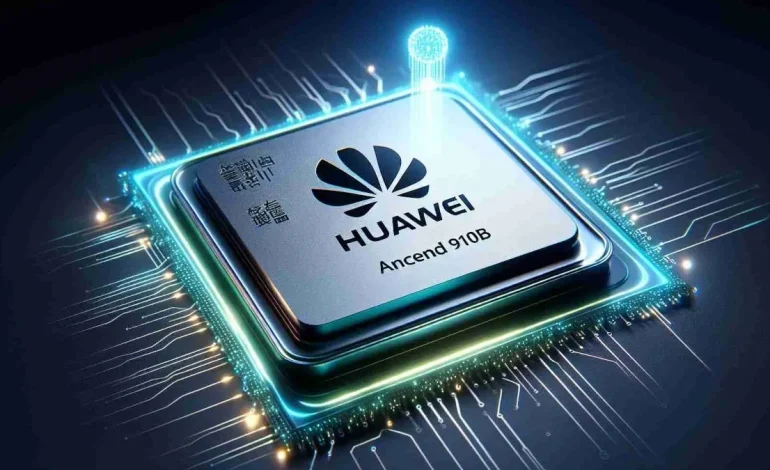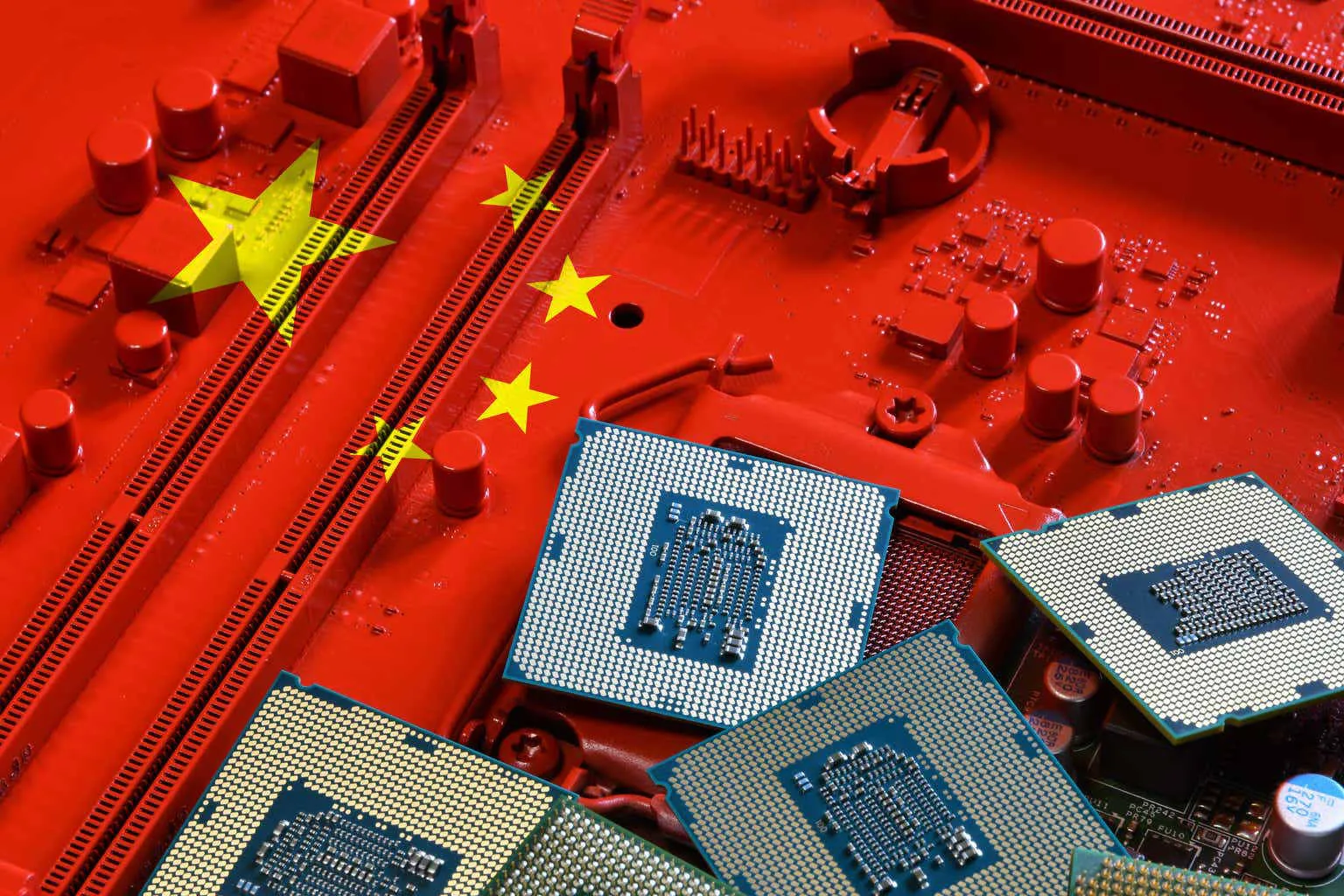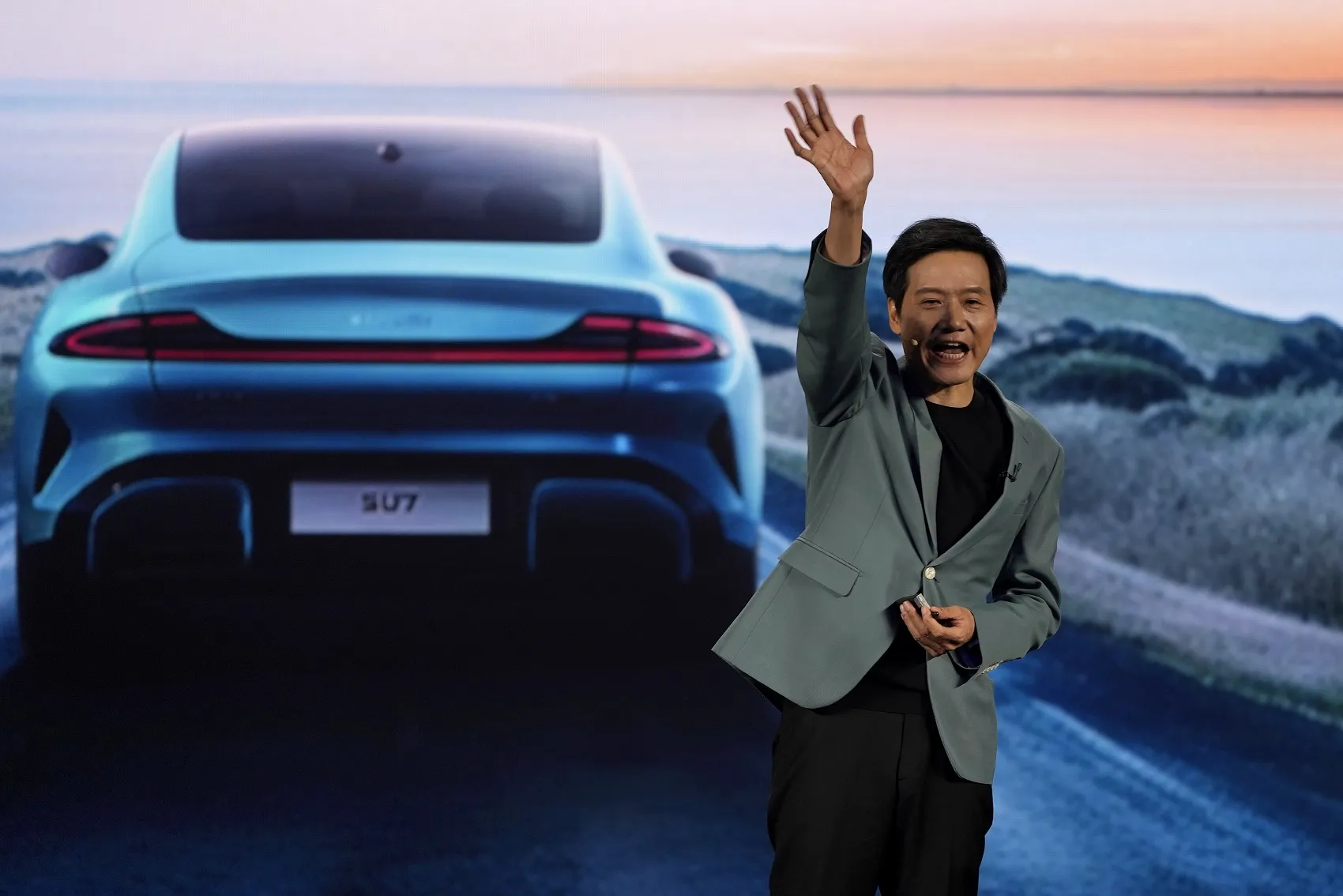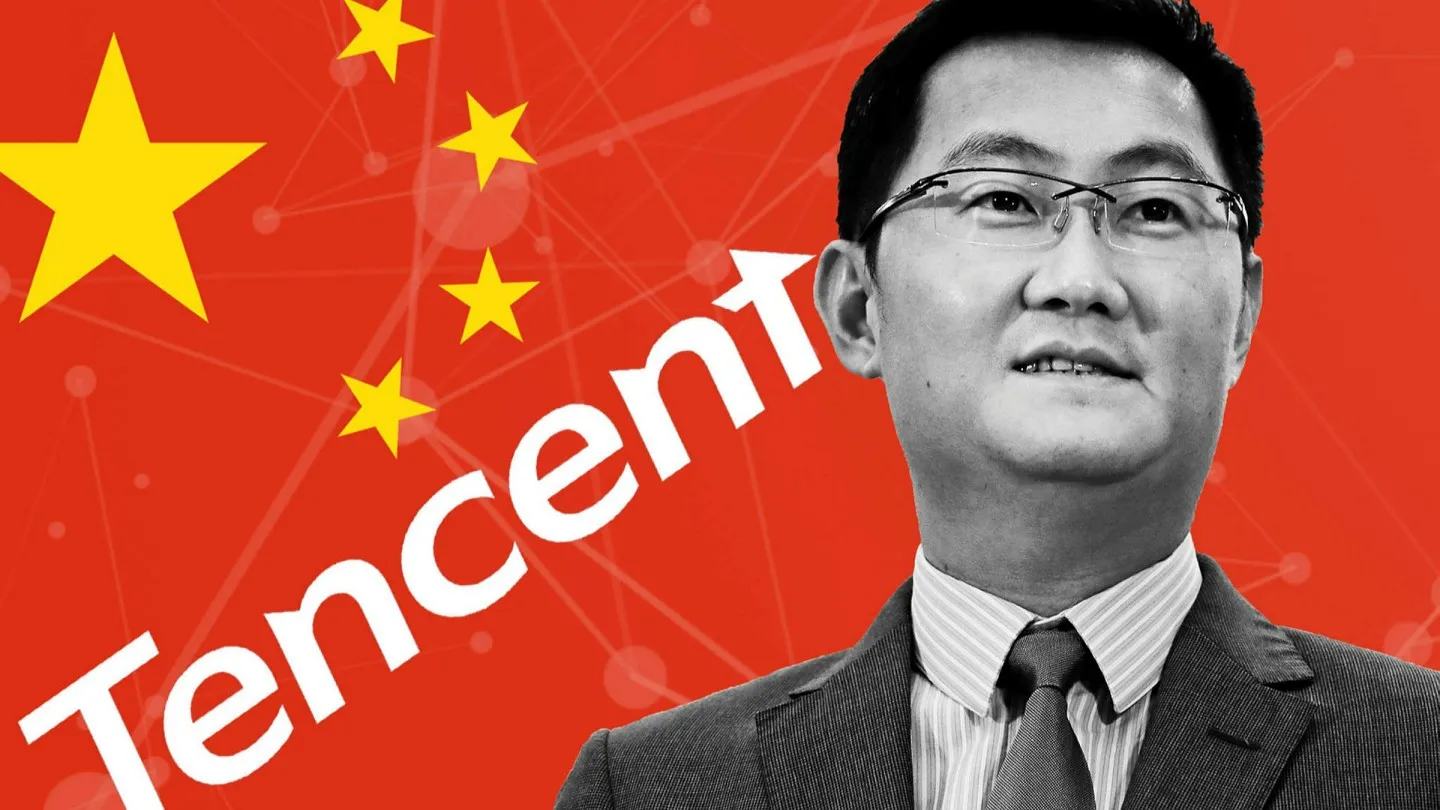Huawei Leadership and Global Strategy: Navigating Technology and Markets
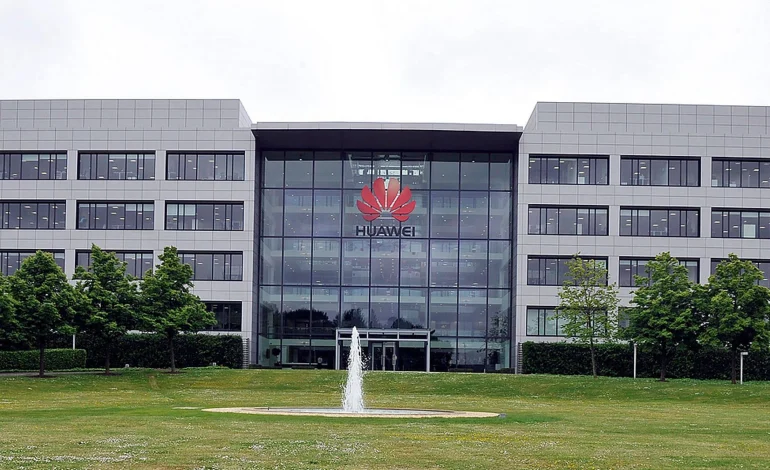
Huawei has established itself as a global technology leader under the guidance of its executive team, particularly founder Ren Zhengfei. The company’s leadership strategy combines innovation in telecommunications, semiconductors, and digital infrastructure with strategic market expansion, regulatory compliance, and international partnerships. Huawei’s approach has positioned it at the forefront of 5G deployment, enterprise cloud solutions, and AI-driven technologies, demonstrating the pivotal role of leadership in navigating complex domestic and global landscapes. This blog examines Huawei’s leadership philosophy, strategic initiatives, technological innovation, and market impact.
Foundational Leadership Philosophy
Huawei’s leadership emphasizes long-term strategic vision, technological self-reliance, and operational resilience. Ren Zhengfei has fostered a culture of innovation, employee ownership, and disciplined execution. Decisions are guided by customer-centric principles, technological excellence, and global competitiveness. Huawei’s leadership encourages decentralized innovation within a framework of strategic oversight, ensuring that technological development aligns with corporate objectives and market demands.
Corporate governance structures support decision-making, risk management, and cross-functional collaboration. Leadership invests in research and development, talent cultivation, and international market analysis to maintain technological leadership while navigating geopolitical and regulatory challenges. This philosophy underpins Huawei’s ability to sustain innovation under pressure from global market dynamics.
Technological Innovation and R&D Leadership
Huawei has consistently invested a significant portion of revenue in research and development, fostering innovation across telecommunications, cloud computing, AI, and semiconductors. Leadership decisions prioritize breakthroughs in 5G networks, optical communication, and enterprise cloud services. The company operates multiple R&D centers globally, engaging engineers, scientists, and researchers in projects that enhance product performance, scalability, and energy efficiency.
Huawei’s semiconductor initiatives, including proprietary chip development for smartphones, networking equipment, and AI accelerators, demonstrate leadership in technological self-sufficiency. Investments in advanced lithography, system-on-chip architectures, and AI-driven chip design tools support operational independence while positioning the company to compete with international semiconductor producers.
Global Market Strategy
Huawei’s leadership has pursued aggressive global expansion, entering markets in Europe, Africa, Latin America, and Asia. Strategic market analysis, partnerships with local telecom operators, and tailored solutions enable Huawei to adapt products and services to regional needs. Leadership emphasizes compliance with local regulations, collaborative innovation with international partners, and proactive engagement with governments to mitigate operational risks.
The global strategy integrates 5G deployment, enterprise cloud solutions, and digital transformation initiatives for industries, municipalities, and telecommunications operators. Leadership prioritizes scalable infrastructure, network reliability, and security, addressing market-specific challenges while ensuring competitiveness. The strategy enhances Huawei’s influence in setting technical standards and shaping industry practices globally.
AI and Digital Infrastructure Initiatives
Under Huawei’s leadership, AI technologies are integrated across enterprise solutions, smart cities, and telecommunications networks. AI-driven analytics optimize network management, predictive maintenance, and energy efficiency. Smart city solutions employ AI for traffic optimization, public safety, and urban planning, demonstrating the company’s capacity to deploy advanced technology at scale.
Leadership emphasizes research in AI ethics, data security, and operational reliability, ensuring responsible deployment. Cross-sector partnerships with universities, governments, and industry players accelerate innovation while maintaining regulatory alignment. AI integration exemplifies Huawei’s holistic approach to technology-driven growth and market leadership.
Challenges and Strategic Adaptation
Huawei faces complex challenges, including international trade restrictions, cybersecurity concerns, and competitive pressures. Leadership has responded with operational resilience strategies, investment in domestic supply chains, and diversification of revenue streams. Strategic adaptation includes enhanced R&D for in-house components, supply chain localization, and targeted partnerships to maintain market access. These measures demonstrate proactive leadership in navigating geopolitical uncertainties while sustaining innovation and growth.
Corporate Governance and Talent Development
Huawei’s leadership prioritizes human capital development, fostering a skilled workforce capable of sustaining technological advancement. Employee ownership programs, professional development initiatives, and cross-functional collaboration strengthen organizational capability. Governance structures support transparency, accountability, and strategic alignment, ensuring that innovation initiatives and operational practices are cohesive and sustainable.
Leadership also emphasizes global talent recruitment and knowledge transfer, enabling the company to adapt to international market requirements while maintaining core technological competencies. Talent development is a cornerstone of Huawei’s long-term strategy, ensuring a steady pipeline of expertise to support technological leadership.
Conclusion: Huawei’s Leadership as a Model for Global Tech Strategy
Huawei’s executive leadership demonstrates how strategic vision, technological innovation, and operational resilience can drive global market influence. By combining investment in R&D, integration of AI and digital infrastructure, and proactive adaptation to regulatory and geopolitical challenges, Huawei maintains competitiveness and industry leadership. The company’s approach highlights the critical role of leadership in aligning innovation with corporate strategy, market demands, and societal impact. Huawei’s trajectory serves as a benchmark for technology-driven enterprises seeking sustainable growth, global expansion, and operational excellence in a complex and competitive environment.



